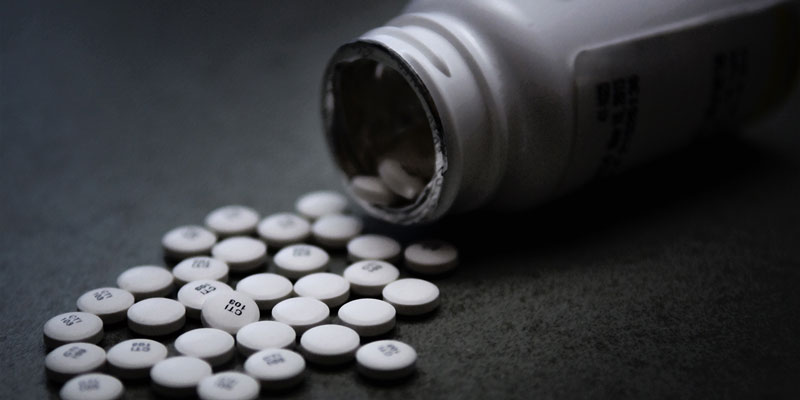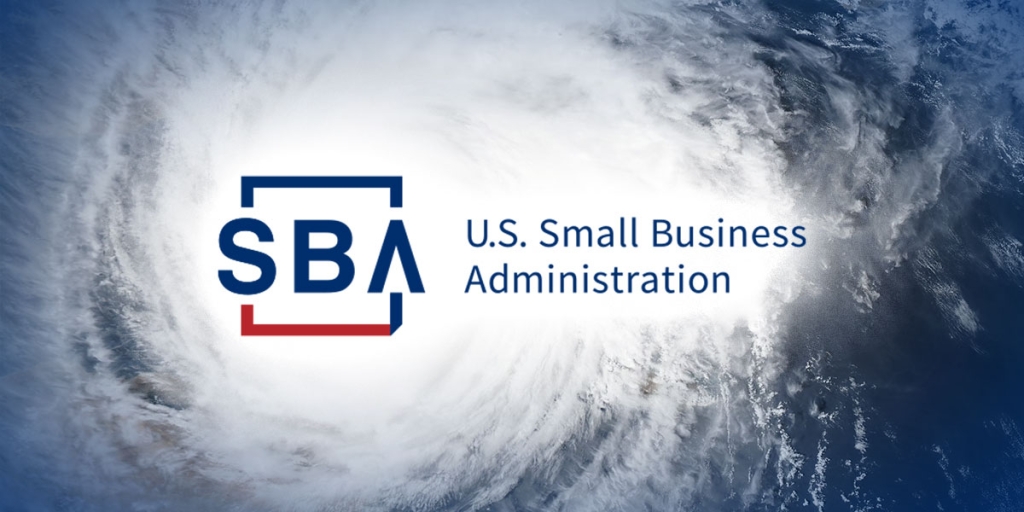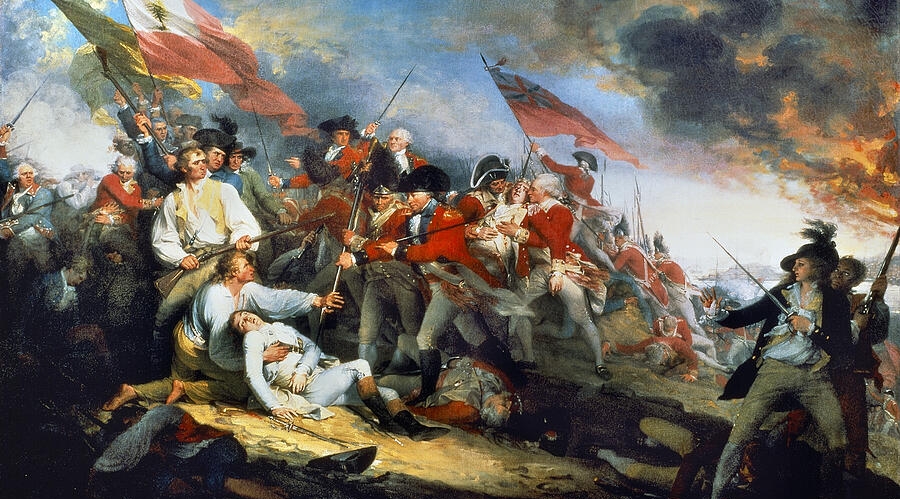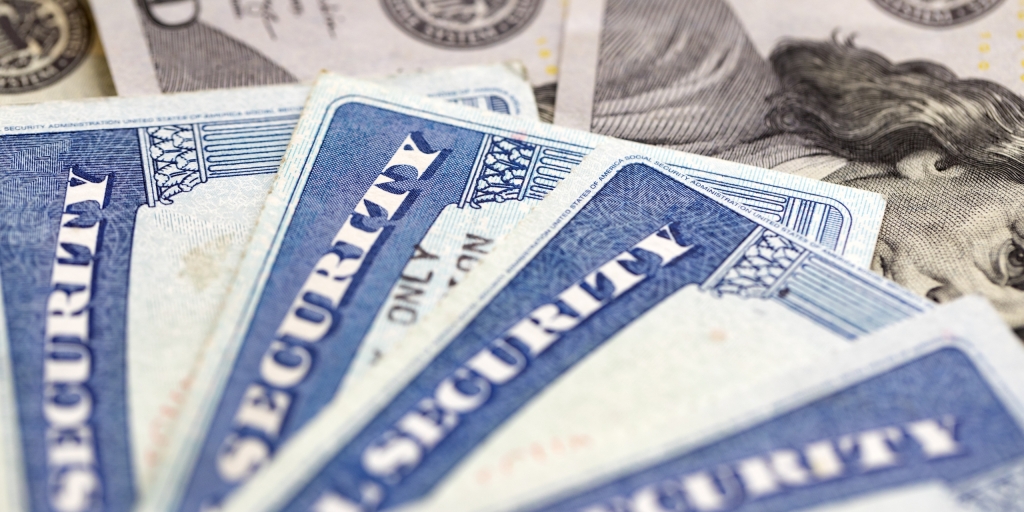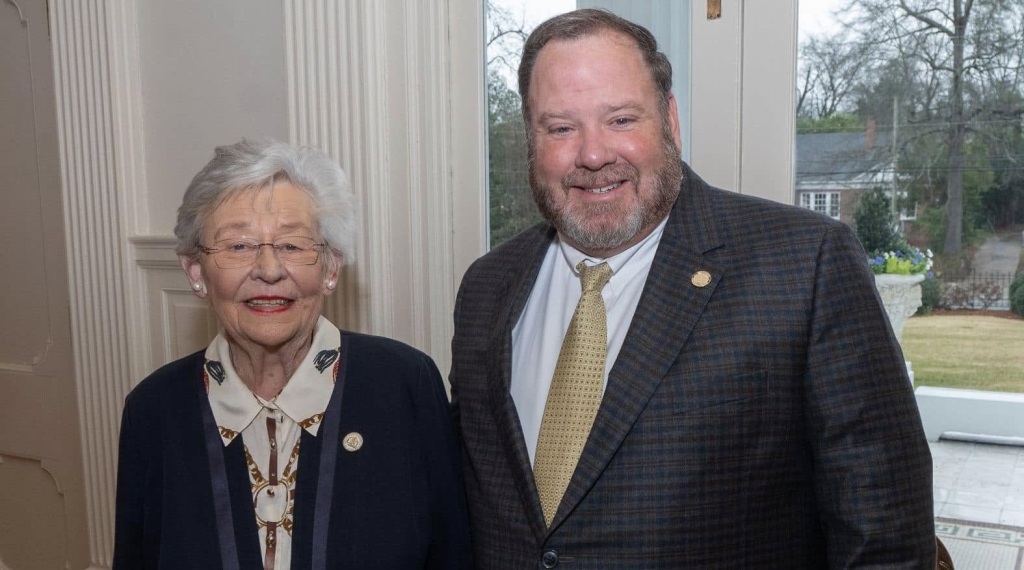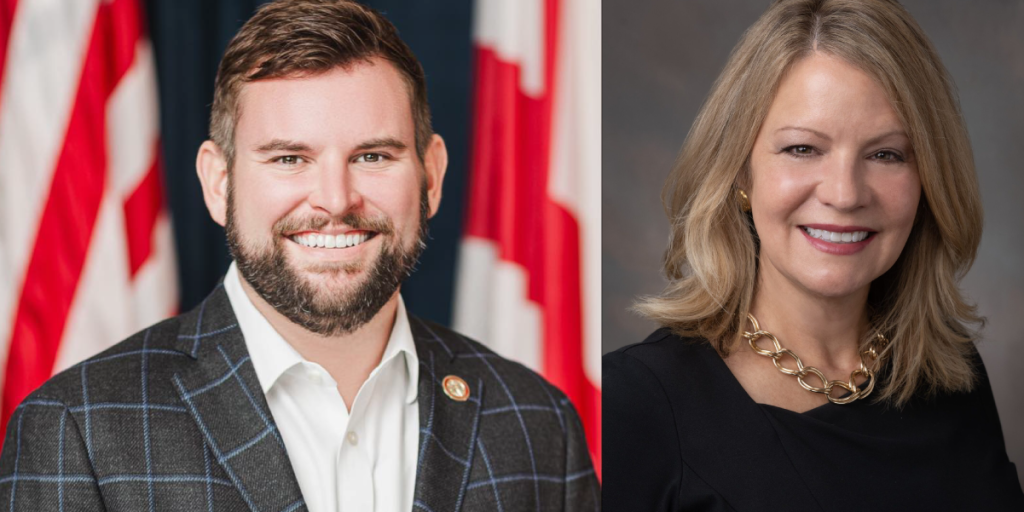Can the government lower the price of prescription drugs? The effects of price ceilings provide a cautionary warning, even though price controls appear to work in other countries. Unfettered competition generally provides a more effective way to keep prices in line with costs.
Several government efforts seek to lower drug prices. The Trump Administration has proposed basing Medicare Part B prices on international prices. The Department of Health and Human Services found that the U.S. had the highest average price for 27 drugs, almost double the international average. Forty six states are suing 15 generic drug makers for price fixing. Senator Elizabeth Warren wants the Federal government to manufacture generic drugs to eliminate profit-seeking.
Price ceilings demonstrate government’s rather limited ability to reduce prices and ensure adequate supplies. A price ceiling is a legal maximum price for a good. For instance, a law might set a maximum price for gasoline at say $2 a gallon and prosecute anyone selling for more. Would this ensure drivers reasonably priced gas?
Not really. Market transactions require a willing buyer and seller. Businesses aren’t charities and will not operate at a loss. While occasionally businesses sell at a loss, they must normally expect to cover costs.
A price ceiling does not require any firm to sell. If the wholesale price of gasoline were $2.50, a station facing a $2 price ceiling will shut down. Price ceilings set below the market price produce shortages, meaning that some consumers will go without.
Price ceilings have long been popular with emperors and legislatures, as Forty Centuries of Wage and Price Controls details. Price controls were included in ancient Babylon’s Code of Hammurabi and contributed to the suffering of George Washington’s army at Valley Forge. A lower legal price appears to benefit consumers but does not make the good available.
Pharmaceutical companies charge more than $10,000 a month for some cancer drugs. To the extent that such prices reflect costs of research, development and manufacture, setting a $5,000 legal maximum price will reduce the quantity of drugs available. A shortage of life-saving drugs costs lives.
The development and approval process accounts for much of the cost of drugs. According to Tufts University’s Center for the Study of Drug Development, the development costs for drugs that reach the market are $2.6 billion. The cost of manufacturing many drugs is often low. Price controls may not prevent sales of already developed drugs, but rather reduce development of new drugs.
If price controls are generally ineffective, why do other countries pay less for prescription drugs than we do? Restrictions on importation allow the same drug to sell at different prices in different countries. If a company sells at a price covering most of the development cost on the U.S. market, it could accept a lower price in Europe. This makes price ceilings appear effective. Yet someone must pay for development costs. If we match other nations’ low prices, we may not have future wonder drugs.
Instead of resorting to price controls or litigation, I think we should try more competition. Let’s let pharmaceutical companies undercut each other’s prices in the pursuit of profit.
Two sets of policies currently limit competition. One is patents for medicines. Patents grant inventors a temporary monopoly to allow them to earn back the costs of research and development. The second is the Food and Drug Administration’s (FDA) approval, which requires demonstration of a new drug’s safety and effectiveness. Limiting competition facilitates price fixing as well.
Limited competition in generic drugs, whose patents have expired, illustrates the vulnerability of government rules to manipulation for profit. Generic drugs copy successful drugs and are clearly safe and effective, yet the FDA’s approval process limits the number of producers. Smart and greedy companies profit by manipulating the rules, like finding generics without approved alternative producers and raising the price.
More government regulation will not end the profitable manipulation of government rules, it will only create more rules to manipulate. Streamlining the patent and drug approval processes offers a better path to a steady supply of reasonably priced pharmaceuticals.
Daniel Sutter is the Charles G. Koch Professor of Economics with the Manuel H. Johnson Center for Political Economy at Troy University.




